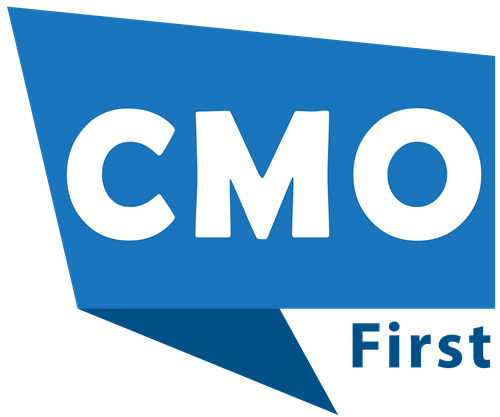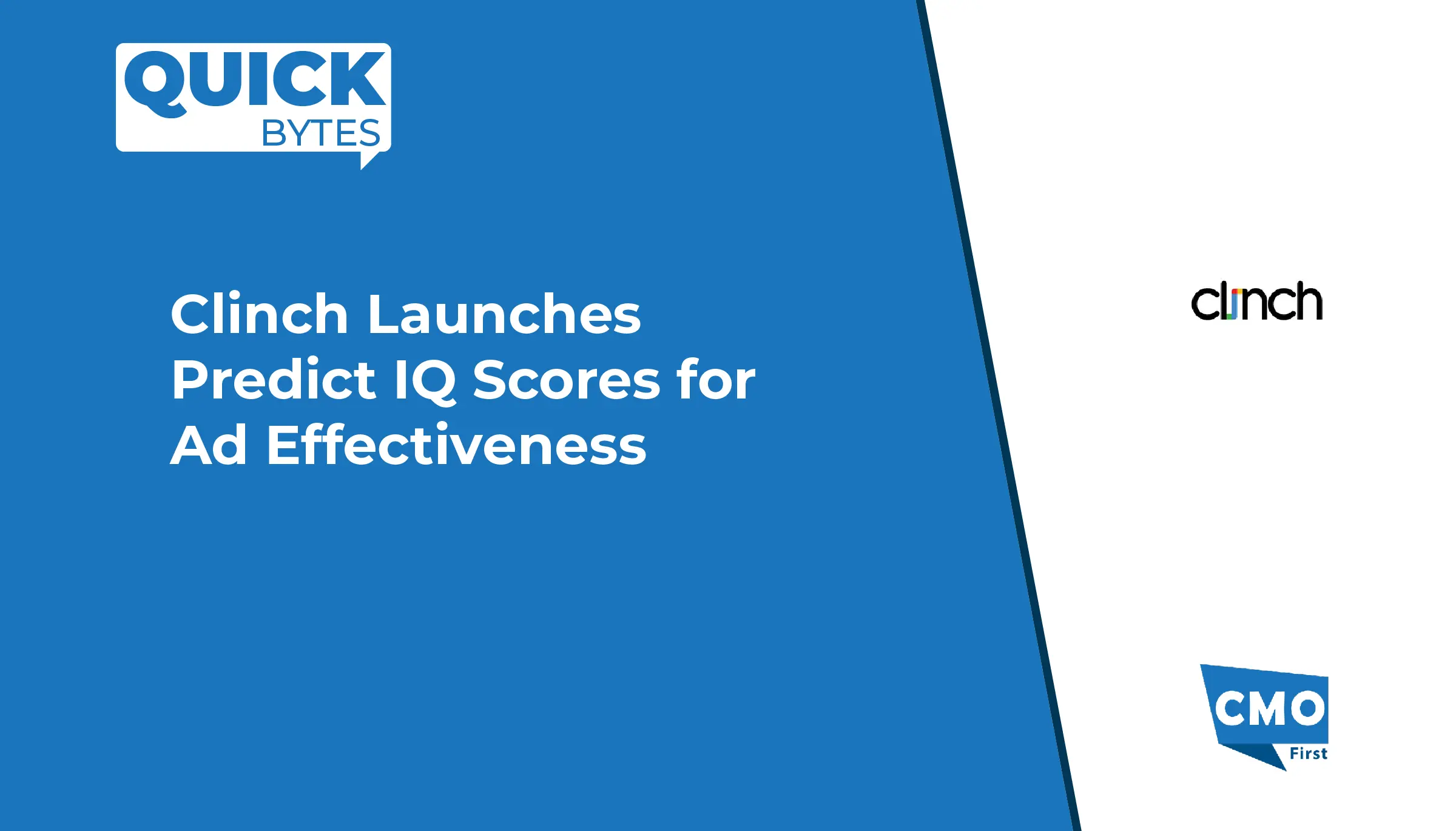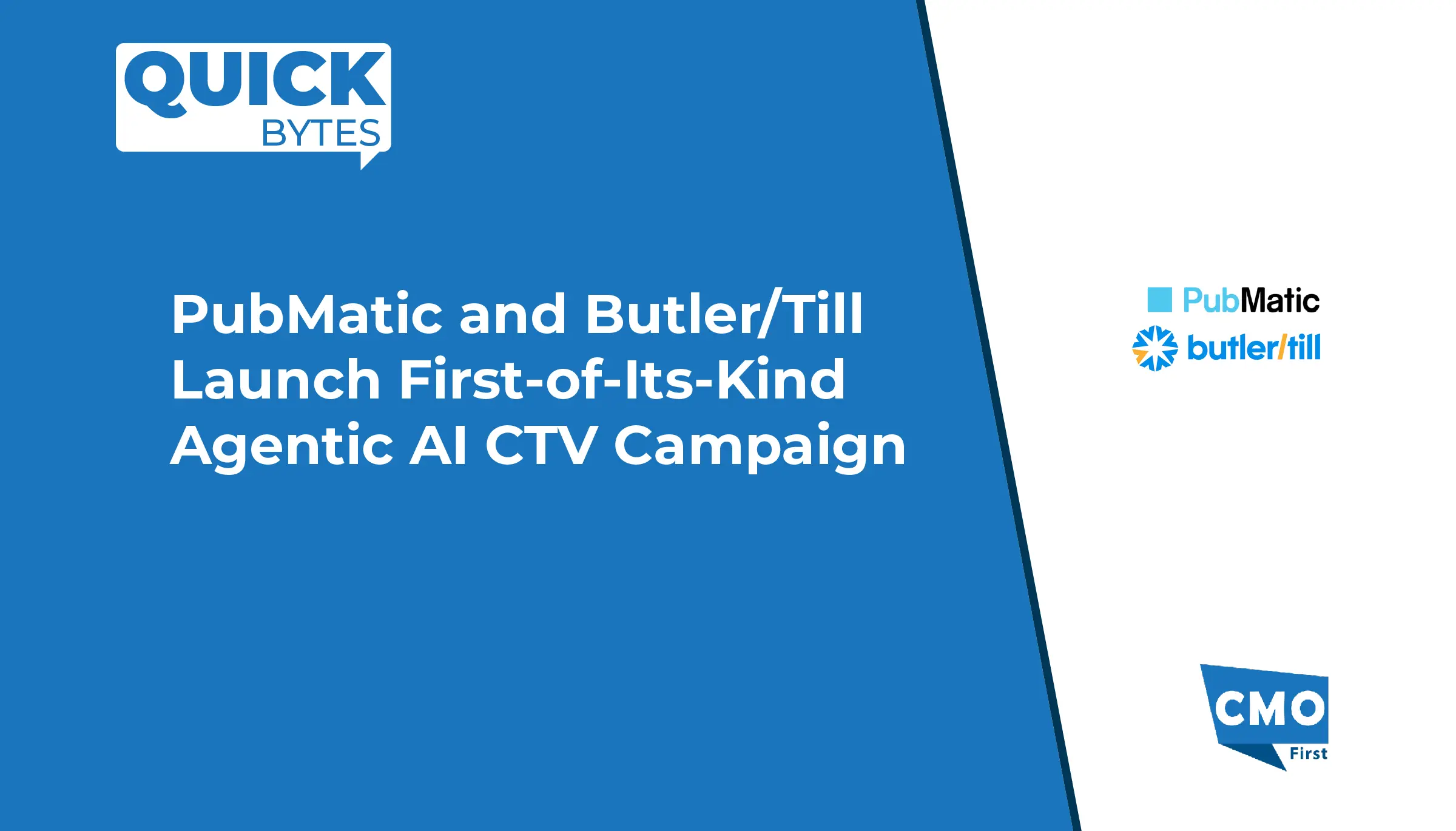Modern B2B enterprises need to keep customer retention as one of their main priorities to improve the business ROI.
With fierce competition in the industries and an increasing inflation rate, customer acquisition is becoming more expensive. Investment in customer retention strategies will help businesses substantially minimize their expenditures.
Businesses need to design and implement data-driven customer retention strategies that will have a positive influence on their ROI.
As the client’s workflows are dependent on the products and services, providing a top-notch after-sales service is crucial for every vendor. Here are a few strategies that businesses can implement to improve client retention rates:
Ensure a seamless client acquisition process
Client relationships do not end once the sale is made; instead, it is the start of a new journey with added responsibilities. CMOs should consider developing seamless client acquisition processes to create a positive brand image. Presales teams can set realistic expectations in terms of the implementation challenges, timeframes, and turnaround times. Moreover, it is crucial to educate the client’s workforce on how to use the tool will help to increase their efficiency. Creating video-based tutorials will help to educate the existing employees and new hires to streamline the implementation process. B2B marketing teams play a crucial role in making the potential clients acquainted with the products and services.
Also Read: 2021 Marketing Landscape – Analytical CMOs Leveraging Marketing Intelligence to Drive Business Growth
Quick and effective aftersales resolution
B2B customer lifecycles are very intricate and have various touchpoints that need to be catered to. Enterprises need to offer reliable, knowledgeable, and friendly customer service to resolve customer queries effectively and in real-time. One of the core reasons why enterprises partner with a vendor is to streamline their workflows. Technical glitches and other queries can impact the client’s productivity which can disrupt their workflow. Business leaders should consider implementing proactive presales, sales, and aftersales processes to resolve customer issues effectively. A Customer Relationship Management (CRM) tool will help organizations track customer interactions right from marketing. Businesses can leverage CRM tools into their tech stack to get more visibility into their customer lifecycles and increase their retention rates.
Engage customers throughout their lifecycle
Business leaders should consider developing a robust marketing tech stack that engages customers throughout their journey. Moreover, they can evaluate the data to monitor the customer behaviors to make strategic changes to the client nurturing process. Effective client engagement processes will have a positive impact on customer retention rates. Vendors always need to appreciate the business given by the clients to make them feel valued.
Also Read: The CMO’s Evolving Role in Cybersecurity
Minimize the churn rate
Organizations need to ensure that they have minimum churn rates to understand the efficiency of their customer retention strategies. High churn rates mean that more accounts are shifted to the competitors. Such enterprises need to spot all the possible opportunities to improve the customer lifecycles to minimize their churn rate. Based on the industry standards, businesses need to set parameters for the churn rates; if they go beyond a tolerance level, strategic changes need to be made.
Remove bugs and fix issues
Especially when Everything as a Service (XaaS) is becoming the new normal, businesses expect a frictionless experience. Clients, while partnering with a solution provider, expects vendors to scale with their business. B2B enterprises that aim to increase their customer retention rate need to update their products and services constantly to remove bugs and fix issues. Moreover, such businesses need to offer a seamless maintenance process for their applications will help to minimize downtime. The lesser the downtime, the higher will be the productivity, and when client efficiency is high because the product or service will result in longer customer lifecycles.

























Leave a Reply